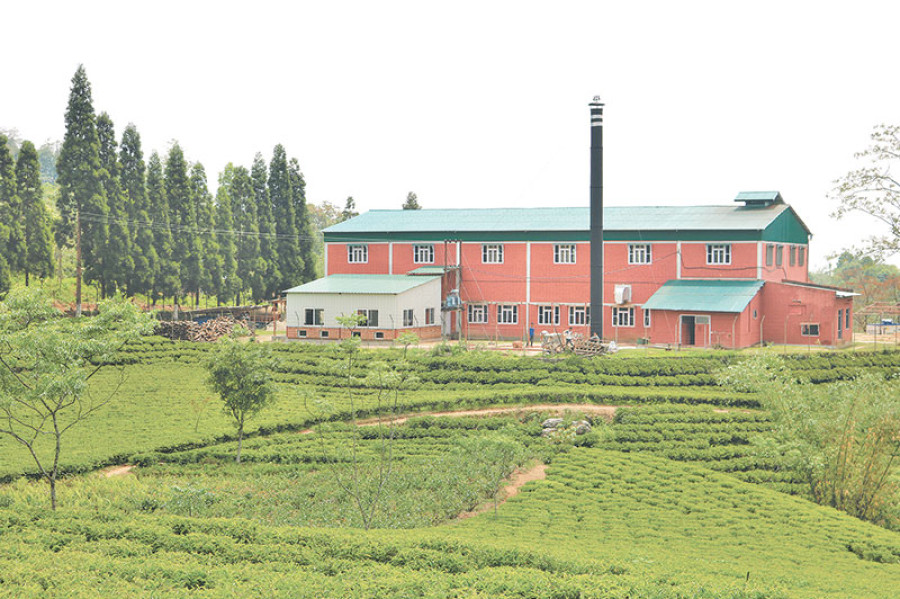Money
Nepali factories struggle to find green tea leaves
The trend of exporting green tea leaves to India has not reduced despite proliferation of tea processing mills in the eastern hill districts in the last few years. As a result, local tea processing plants have not been able to get the required amount of green tea leaves.
Biplav Bhattarai
The trend of exporting green tea leaves to India has not reduced despite proliferation of tea processing mills in the eastern hill districts in the last few years. As a result, local tea processing plants have not been able to get the required amount of green tea leaves. According to traders, organic green tea leaves are mostly exported to mills like Okayti, Mirik and Charmile in the hills of Darjeeling district in India.
From the Antu area alone, nearly a dozen of trucks export green tea leaves to Darjeeling daily. Indian agents are mobilised to collect tea leaves and they set up tea collection centres in different parts of Ilam.
In areas where transportation facility is not available, tea leaves are transported by mules, according to traders. They said that Nepali tea farmers are paid higher for the organic green tea leaves by the Indian mills as compared to local mills. In Suryadaya Municipality, the floor price of green tea leaves has been set at Rs40 per kg. The Indian mills have been offering Rs50 per kg. There are nearly half dozen tea mills in Antu area alone and a number of small mills are in process to operate soon.
Farmers said that the Indian mills offer higher prices for Nepali tea due to its good flavour.
Ilam’s biggest tea factory Ilam Tea has not been able to get enough supply as per its processing capacity. Om Kafle, manager Producer Manager of Ilam Tea, said they have received 25,000 kg less green tea leaves this year as compared to last year’s consignment.
Production of processed tea at two factories in Antu and Panchakanya has dropped by 50,000 kg this season. The daily processing capacity of to tea mills in Ilam including Ilam Tea is 15,000 kg. However, they have been processing only half of the amount. Likewise, tea processing of the mills in Fikkal has also dropped by half due to unavailability of green tea. “Most of the mills are operating below capacity in the eastern hilly district,” said Deepak Pradhan, manager of Small Tea.
The district has nearly two dozen of tea processing mills. In the last few years, farmers have been opening small processing mills.
A total of 9,236 farmers are engaged in commercial tea farming, out of which 5,598 farmers are based in Ilam.
Ilam, Jhapa, Dhankuta, Terhathum and Panchthar are main tea producing districts.
According to National Tea and Coffee Development Board, Nepal earned Rs3 billion from tea export last year. Of the total production, 55 percent of CTC is exported to India while 90 percent of orthodox and green tea is exported mainly to the third countries.




 12.12°C Kathmandu
12.12°C Kathmandu













%20(1).jpg&w=300&height=200)
